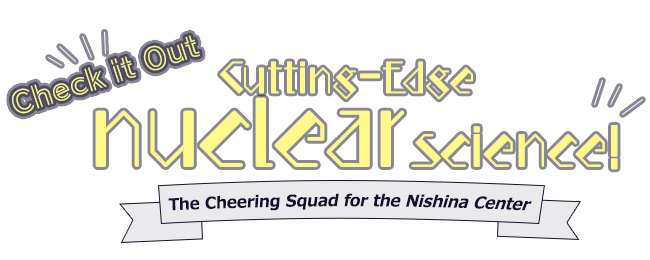
What is the Nishina Center?
The Nishina Center is a research facility named after Dr. Yoshio Nishina, the “father of nuclear physics” in Japan. With the world’s highest performing Radioactive Isotope Beam Factory (RIBF) and a host of researchers, we confront two big questions: “How were the elements created in the universe?” and “Can humankind freely convert elements?” Our aim is to return the research results obtained to society and solve pressing environmental, energy and resource issues.
What is the RIBF?
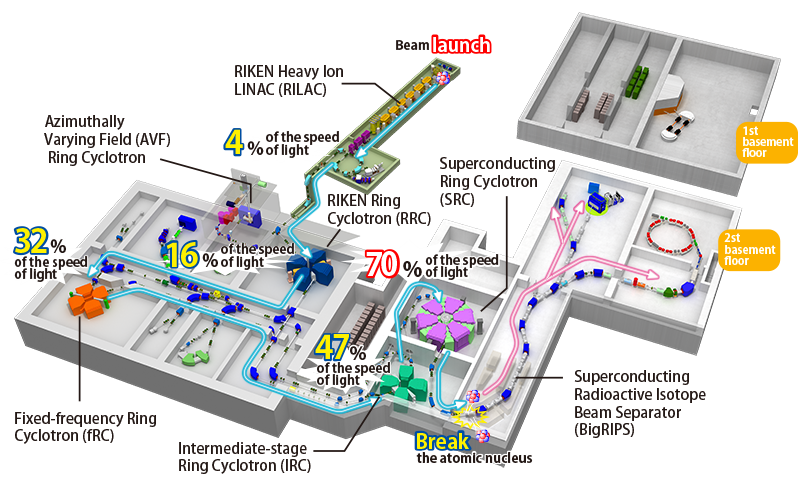
Overview of RIBF
Located in the basement of the Nishina Center, the RIBF’s function is to produce RIs (radioactive isotopes also known as unstable nuclei) as a beam and mass-produce it quickly and efficiently like a factory.
At the RIBF, linear accelerators and cyclotrons are used to accelerate a beam of slow nuclei generated by an ion source. Atomic nuclei, from hydrogen to uranium, can be accelerated up to 70% of the speed of light. When these nuclei collide with another nucleus, a wide variety of RIs are born. These RIs are separated by BigRIPS by atomic number, charge, mass, and momentum. At the end of BigRIPS, various pieces of experimental equipment are installed. These devices are developed and utilized by the research team according to their research objectives.
Research at the Nishina Center
When our universe was born 13.8 billion years ago, there were only two elements present, hydrogen and helium. Over the years, heavier elements were gradually created in the stars, and eventually gave birth to the earth and our bodies. The Nishina Center’s challenge is to elucidate the origin of the 118 elements already confirmed — that is, to find an answer to “How were the elements created in the universe?”
The RIBF has a high capacity to create nuclei with various combinations of protons and neutrons. Among them are RIs that can be used to treat cancer, for example. This is one of the research results obtained by converting elements freely. By investigating the properties of all RIs created by the RIBF, researchers can discover and utilize things that are useful to humanity, and ultimately answer the question: “Can humankind freely convert elements?”
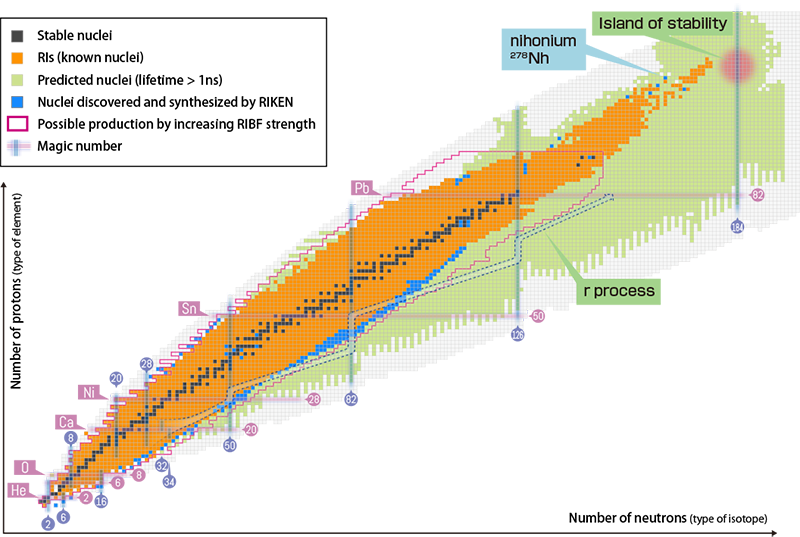
Nuclear chart. The type of nucleus is determined by the number of protons (vertical axis) and neutrons (horizontal axis). In this figure, each small square represents one type of nucleus. There are fewer than 300 types of stable nuclei (black squares). Of about 3,000 types of RI already found (orange squares), most have been made with accelerators. The Nishina Center has also contributed to finding new types of nuclei (blue squares), the new element nihonium being one of them. It is thought that there are about 10,000 types of RI with a lifespan of one nanosecond or more, but many have not yet been discovered (light green squares). The “r process” such as supernova explosions and neutron star mergers that occurred over the history of the universe is theoretically proposed as the process in which heavy elements are produced in a very short time.


 Superheavy Element Research Group
Superheavy Element Research Group Ion Beam Breeding Group
Ion Beam Breeding Group Nuclear Many-body Theory Laboratory
Nuclear Many-body Theory Laboratory Instrumentation Development Group
Instrumentation Development Group Radioactive Isotope Physics Laboratory
Radioactive Isotope Physics Laboratory Spin Isospin Laboratory
Spin Isospin Laboratory Nuclear Spectroscopy Laboratory
Nuclear Spectroscopy Laboratory Accelerator Basic Research Department
Accelerator Basic Research Department RI Application Research Group
RI Application Research Group